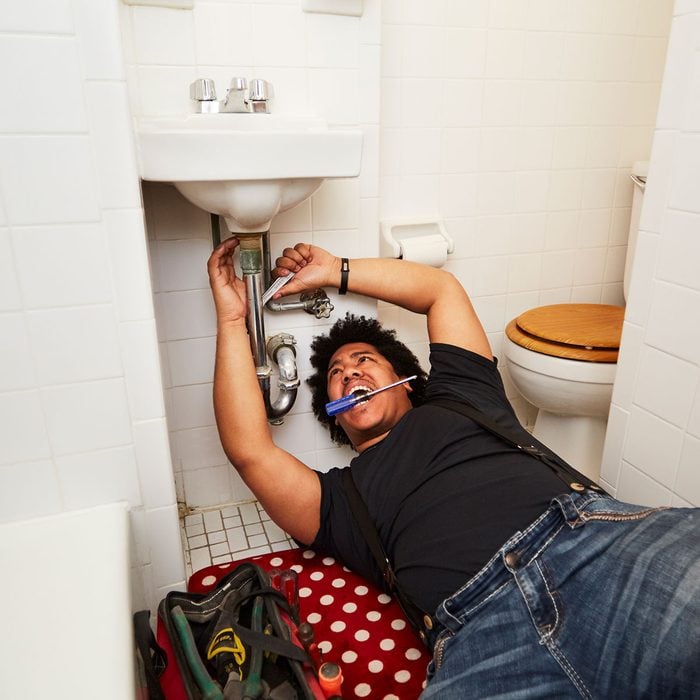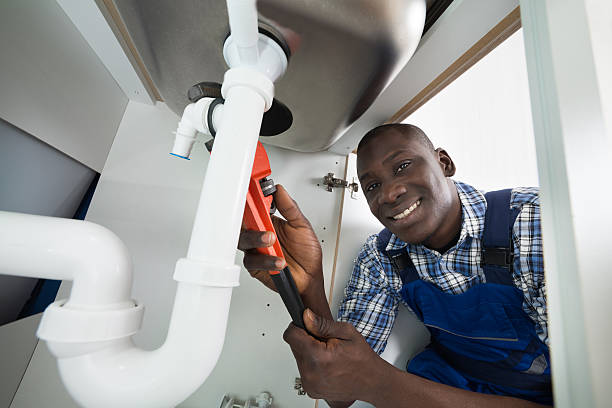A Detailed Guide to Efficient Hot Water Heater Installment for Optimum Performance
Getting started on the task of setting up a water heating system is a venture that requires accuracy and a systematic approach for accomplishing optimum performance. As you proceed, the details of linking water supply lines and establishing up reliable electrical or gas connections await, appealing understandings right into guaranteeing effectiveness and reliability.
Picking the Right Hot Water Heater

Next, take into consideration the dimension and capacity of the water heater. It's crucial to analyze your household's hot water requirements, which can differ based upon the variety of owners and their use patterns. An unit that's too small may result in inadequate warm water, while an oversized design may lead to unneeded energy usage.
Effectiveness rankings likewise play a crucial duty in option. Seek water heaters with high Power Variable (EF) ratings, indicating superior performance and reduced power use. Tankless versions, though commonly extra pricey ahead of time, deal considerable energy cost savings over time due to their on-demand home heating capacities.
Preparing the Installment Location
Before installing a brand-new hot water heater, careful preparation of the installation area is essential. This makes certain a smooth installment process and helps protect against future difficulties (Drain Cleaning Alabaster AL). Begin by selecting an appropriate area that conforms with local building regulations and security standards. The area should be dry, well-ventilated, and easily accessible for upkeep. It's important to determine the space thoroughly to suit the water heating unit's dimensions, making certain sufficient clearance around the unit for effective procedure and servicing.
Examine the floor for stability, as the water heating system will certainly require a strong, level surface to operate efficiently. If required, set up a drip frying pan underneath the system to catch prospective leaks or spills, preventing water damage to the surrounding location.
Furthermore, make certain that all needed devices and materials are on hand prior to starting the installment. This includes products such as wrenches, screwdrivers, a level, and any additional equipment needed for protecting the heating unit and mounting. A well-prepared installation location sets the foundation for an effective hot water heater configuration, maximizing efficiency and security.
Connecting Supply Of Water Lines
When connecting water lines to your recently installed water heating system, it is essential to make certain that all links are leak-free and secure to preserve efficient procedure and avoid water damages. Begin by determining the cold and warm supply of water lines. The cool water inlet is normally marked with a blue tag or a "C", while the hot water electrical outlet is marked with a red Click Here tag or an "H".
Use flexible water heating system connectors to promote an easier installation process. Prior to attaching the connectors, position a plumbing technician's tape around the threaded ends of the water heating system's inlet and electrical outlet pipes.
Once connections are in location, gradually transform on the primary water system valve. Check each link for leakages by aesthetically checking and feeling for dampness. Tighten up connections as essential, and ensure the stress relief shutoff is appropriately mounted, protecting against excessive pressure accumulation.
Establishing Up Electrical or Gas Links
Correctly establishing up the electric or gas connections for your water heating unit is an essential step to make sure safe and reliable operation. For electrical water heating units, begin by confirming that the electrical circuit is suitable with the heating system's voltage and amperage demands.
For gas water heating systems, security is critical. Link the gas line to the water heating system using a flexible gas adapter, guaranteeing it is properly threaded and secured with pipeline joint compound or Teflon tape appropriate for gas links.
Once connections are made, inspect for any prospective leaks. For gas lines, use a soapy water option to the joints; bubbles suggest a leakage. For electrical connections, confirm that visit this site right here all wiring is secure and effectively protected, preserving conformity with regional electric codes.
Adjusting and examining for Performance
With the electrical and gas links securely in position, the next action is examining the operational performance of your water heating system. Begin by carefully activating the water system and making sure there are no leaks at any one of the valves or joints. When verified, proceed to load the container, paying attention to the stress and temperature setups. It is suggested to set the thermostat to an advised temperature level of around 120 ° F(49 ° C) to stabilize power performance and comfort.
Next, execute a complete examination to make sure the heating aspects or burner are functioning correctly. For electric heating systems, make use of a multimeter to verify if the components are attracting the appropriate present. In gas models, observe the burner flame; it ought to be consistent and blue, indicating reliable combustion.
Change the setups as necessary to get rid of inadequacies. Take into consideration executing insulation measures, such as including a water heater covering, to additionally boost performance by lessening warmth loss. In addition, examine the anode rod's problem, as a deteriorated rod can lower performance and result in storage tank deterioration.
Conclusion
Efficient water heating unit installment is vital for guaranteeing optimal performance and energy savings. By picking the ideal kind and size, and thoroughly preparing the installment area, a structure for success is developed. Securely connecting water system lines and very carefully establishing electrical or gas connections decrease possible problems. Complete testing for leaks and precise thermostat adjustments to 120 ° F improve dependability and efficiency. Complying with these steps promotes long-lasting functionality and energy preservation in domestic water heater.

Properly setting up the electrical or gas links for your water heating system is a crucial action to make sure efficient and safe operation. For electric water heating units, start by verifying that the electric circuit is suitable with the heating system's voltage and amperage requirements. Attach the gas line to find out here the water heating unit utilizing a versatile gas connector, guaranteeing it is effectively threaded and secured with pipe joint substance or Teflon tape suitable for gas links.